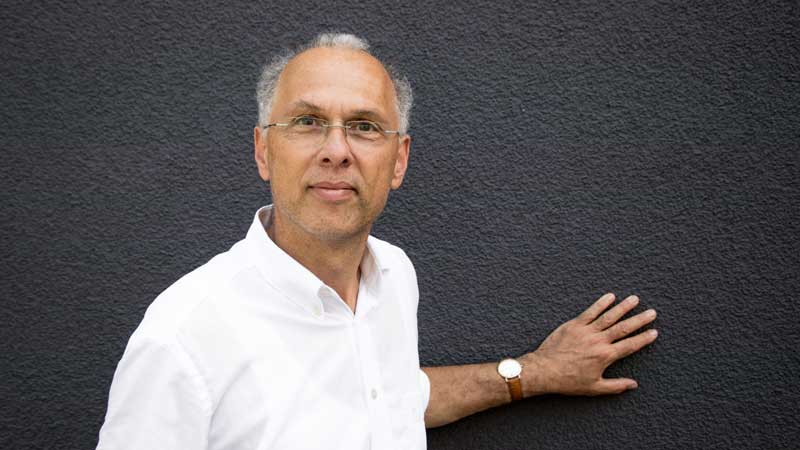Karim Fahmy Group
Structural basis of biological switches and biomolecular recognition

Structural changes in biopolymers are the basis of the regulation of their biological function. Exposure of specific sites for molecular recognition as well as switching processes between states of different activity of a biomolecule can thus be accomplished. Understanding the underlying mechanisms allows identifying putative sites for pharmacological intervention and opens the prospect of engineering artificial molecular switches. We are interested in the mechanisms and dynamics of such structural transitions which we study in real time, using vibrational spectroscopy, circular dichroism and fluorescence spectroscopy. Our lab has thus made major contributions to the mechanistic characterization of G-protein-coupled receptors (GPCRs). We are currently exploring the role of water as a dynamic structural component by expressing membrane proteins with engineered fluorescence labels that report intra-membrane protein water. In combination with calorimetric studies we aim at the integration of structural and thermodynamic data. In the same manner, we have identified fundamental principles that determine stability and dynamics of synthetic DNA superstructures, so-called DNA origami. The ensemble of our studies provides, reaction models that describe both structural and energetic aspects of conformational changes in natural and synthetic biopolymers.
Future Projects and Goals
We are extending our research on lipid-protein interactions to live-cell monitoring of the influence of the plasma membrane lipidome on cell metabolism. Using isothermal microcalorimetry, the metabolic heat flow of microorganisms, including Mycoplasma-derived “minimal cells”, is studied in dependence on lipid compositions and other factors. We develop mathematical models and open-source software to analyze such data from which fundamental conclusions can be drawn on energy fluxes in microbial physiology.
Methodological and Technical Expertise
- spectroscopy of structural transitions in recombinant proteins
- Fourier Transform Infrared (FTIR) Spectroscopy
- Circular Dichroism (CD) Spectroscopy
- Static and Time-Resolved Fluorescence
- Differential Scanning Calorimetry (DSC)
- Isothermal Titration Calorimetry (ITC)
- calorimetry for systemsbiology